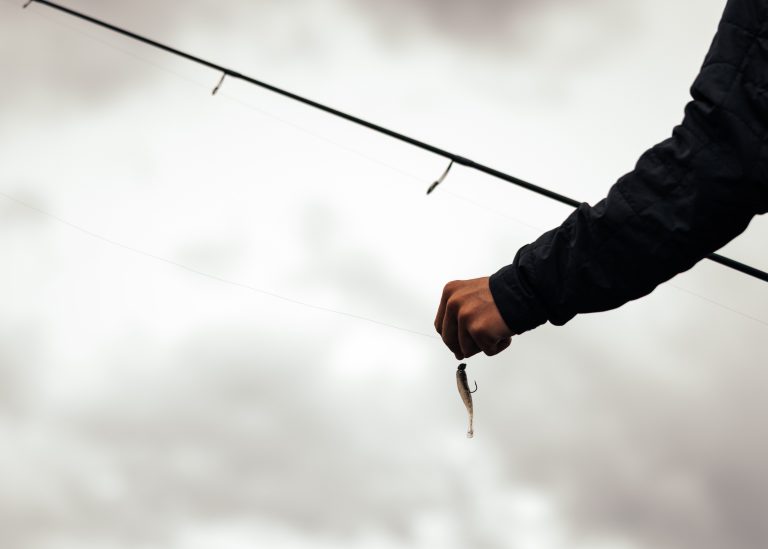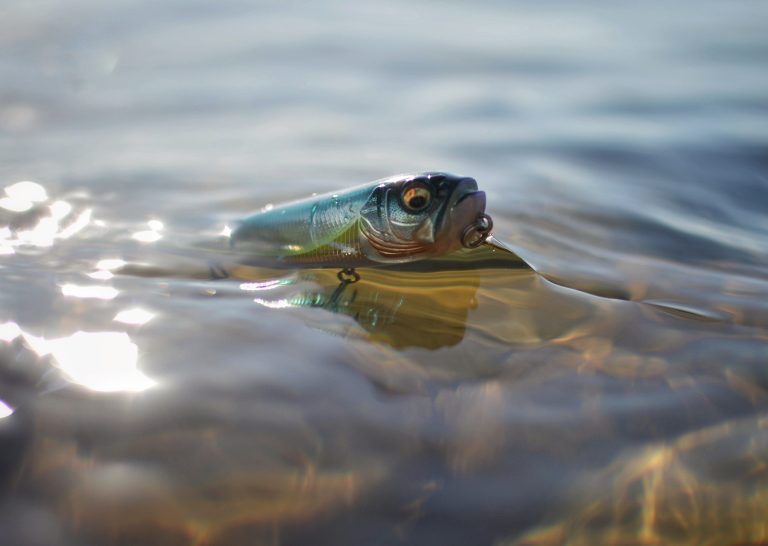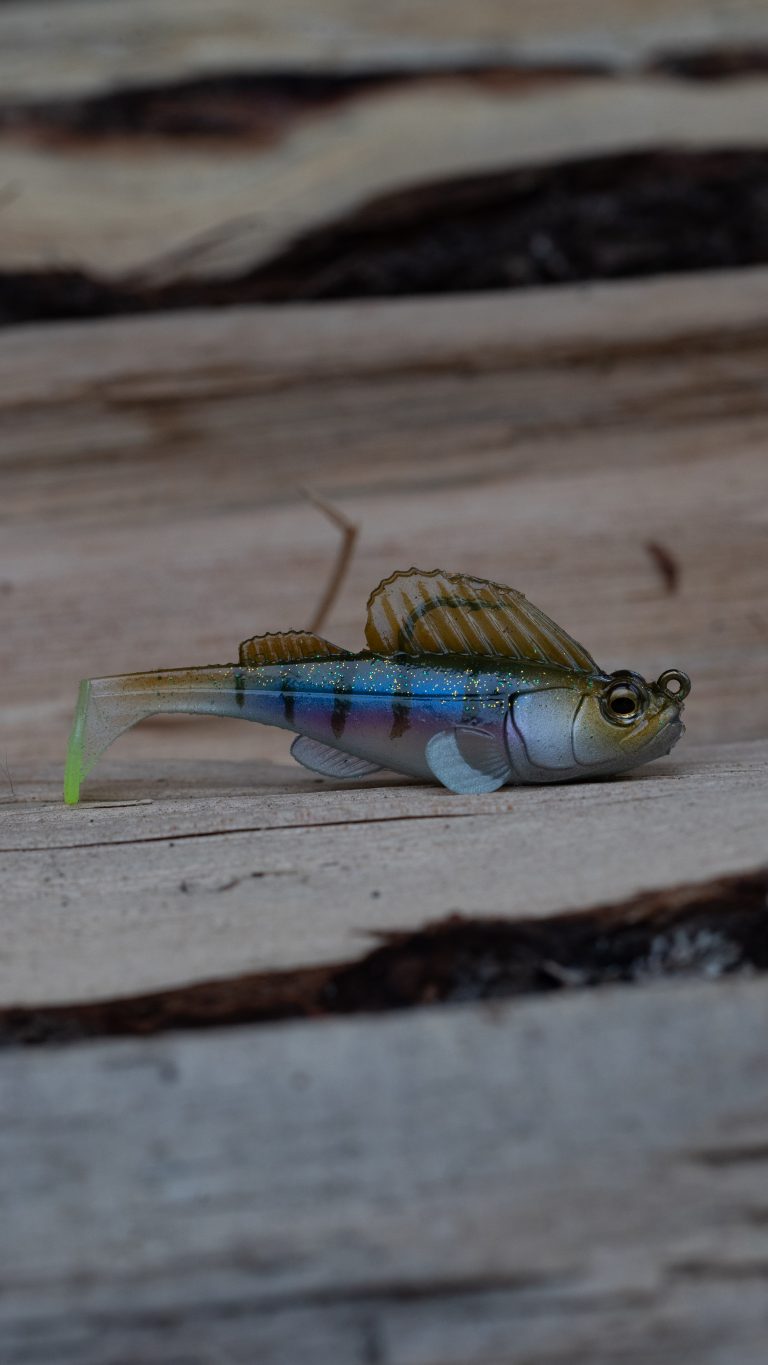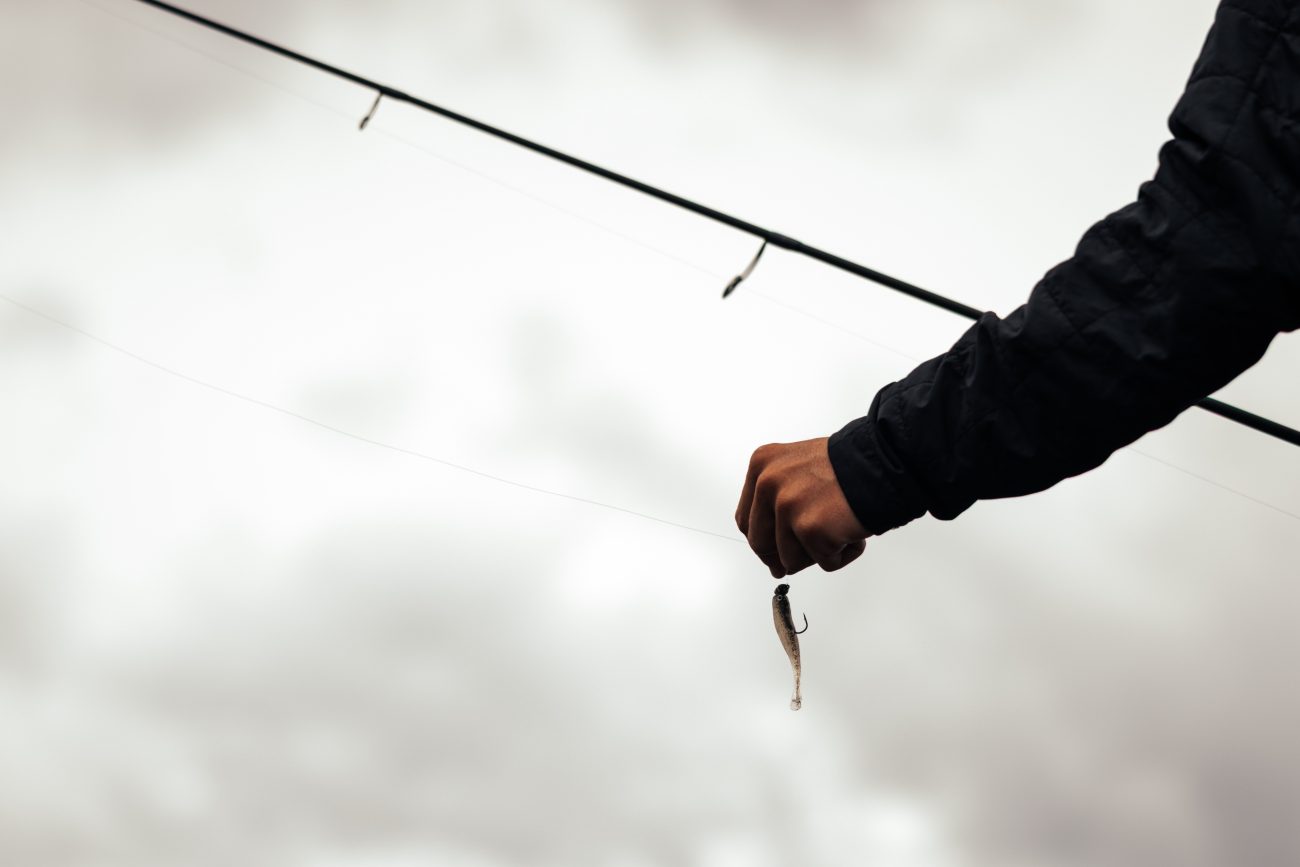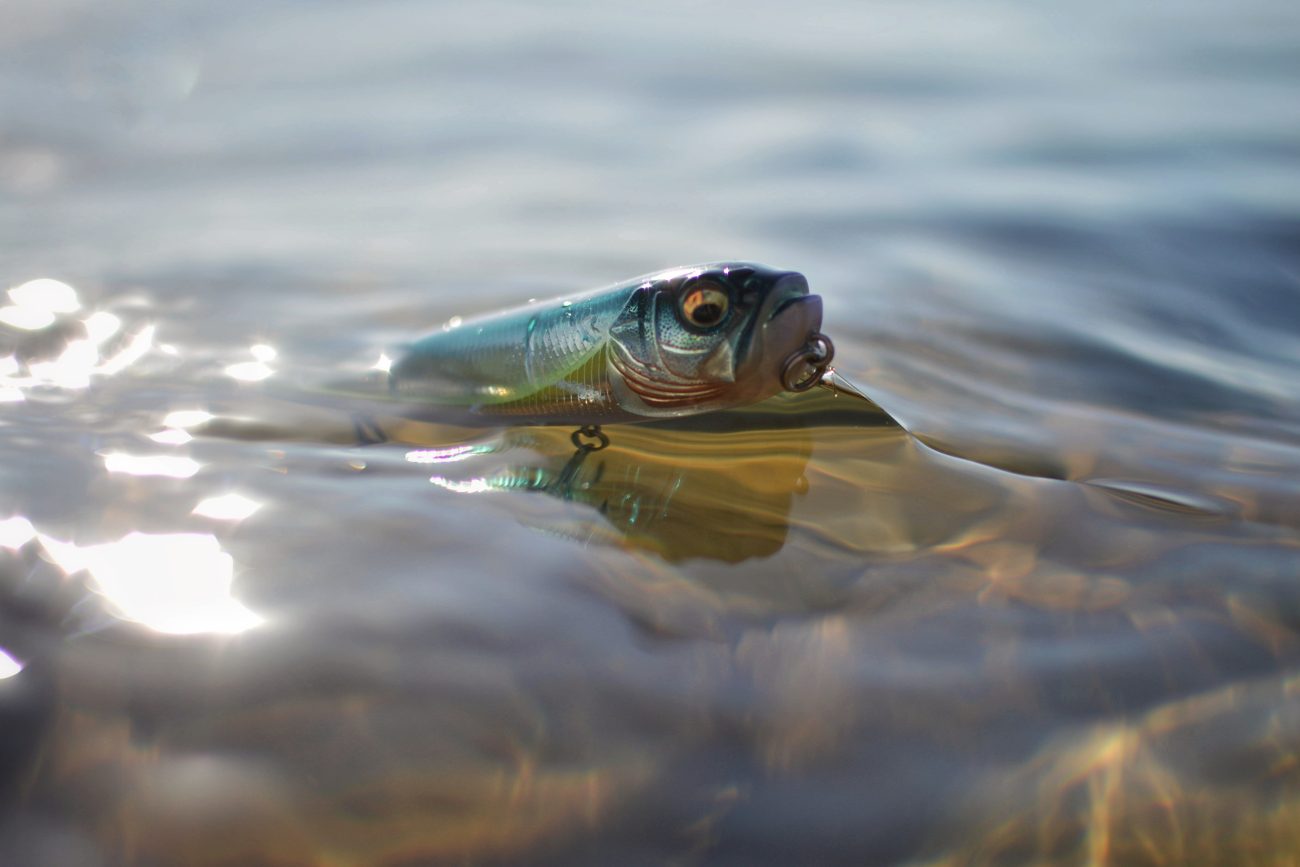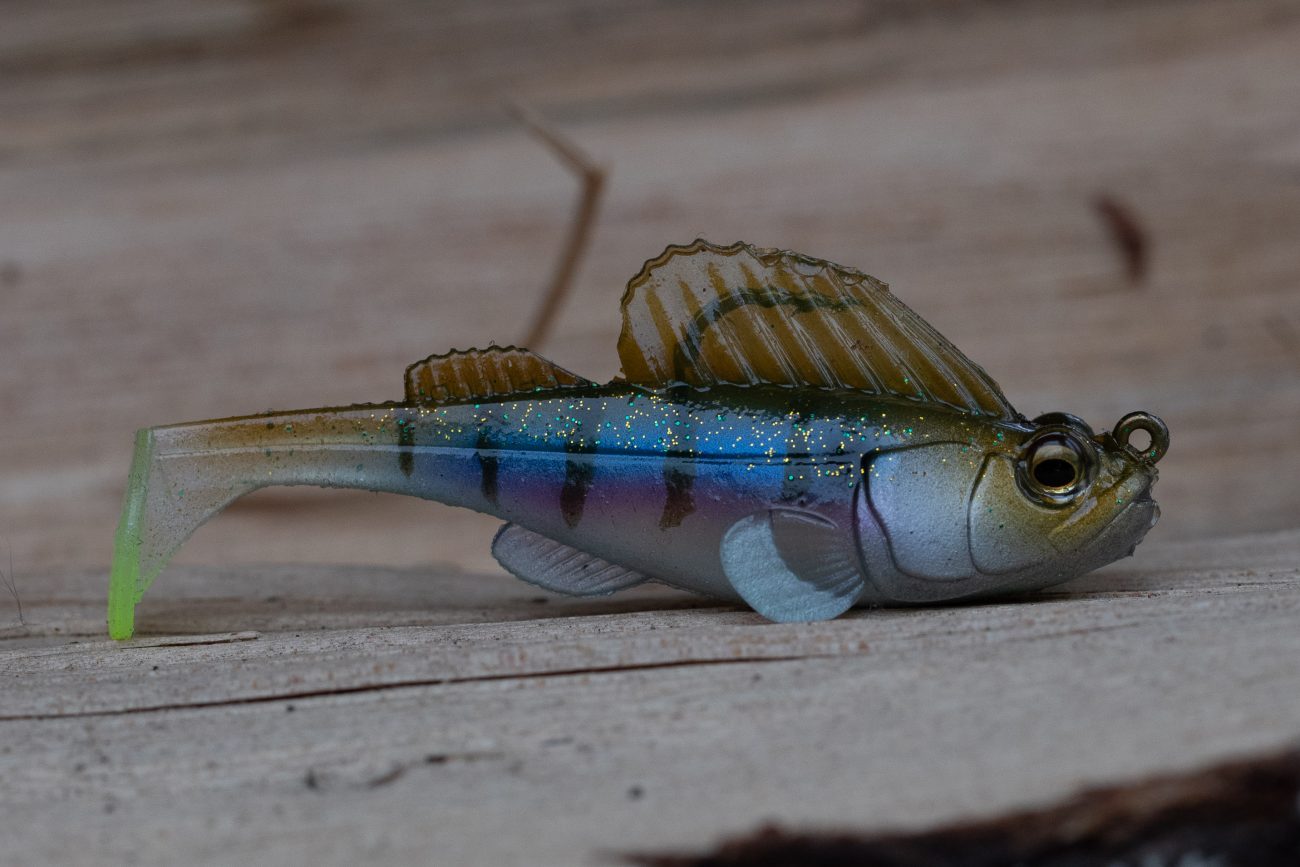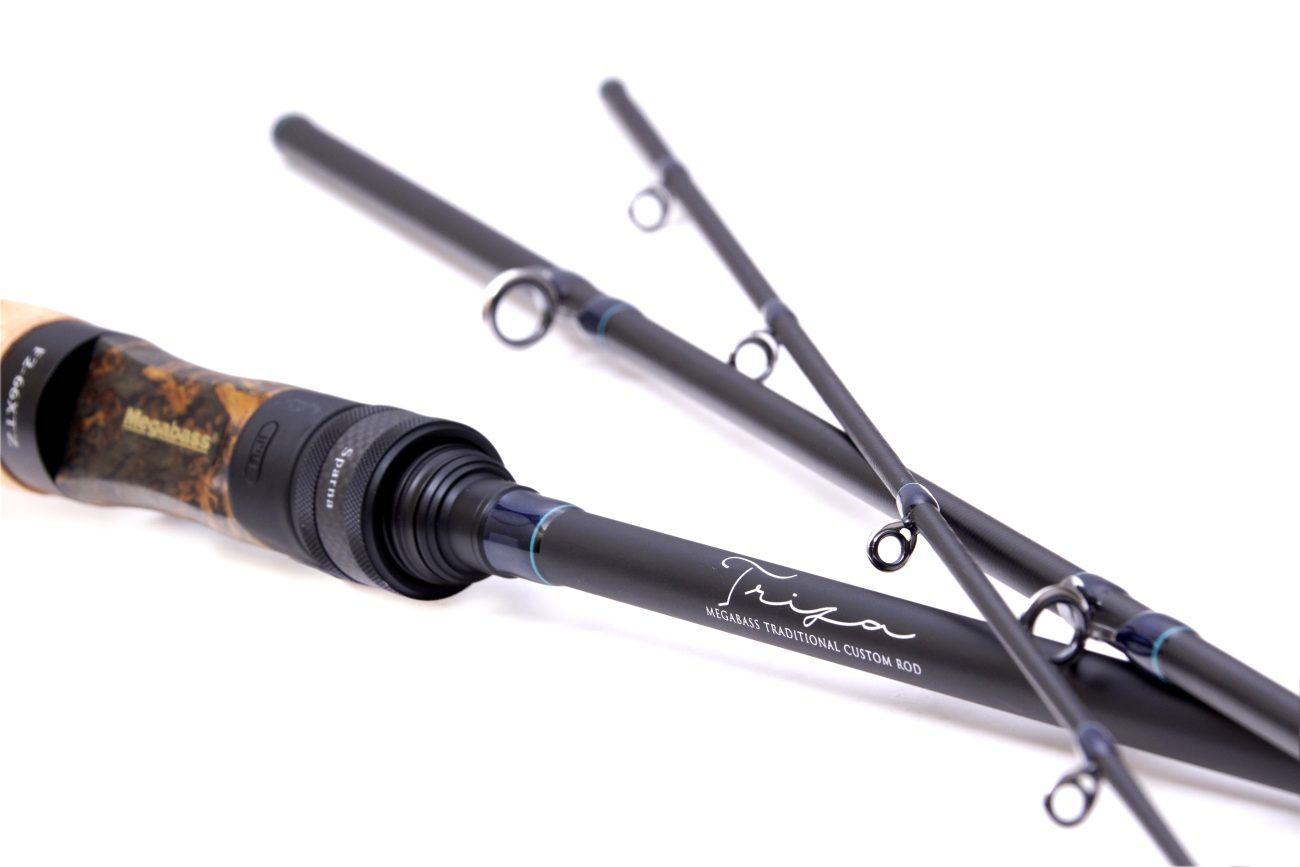One of the greatest things about spending years on the water is watching fishing myths get busted over time. There are plenty of old ideas about fish spawning that just don’t hold up anymore, especially when it comes to bass. For years, anglers believed that fish simply wouldn’t bite well in winter or that catching spawning bass was nearly impossible. Today, experience and modern science prove those ideas wrong—and understanding fish spawning cycles is a true advantage for any serious angler.
Understanding Fish Spawning Cycles
As the seasons turn and water temps start to rise, many lakes across the country come alive with spawning activity. The timing of fish spawning is driven by a combination of factors, with water temperature and daylight hours playing starring roles. No matter where you fish, these two elements set the stage for when bass and many other species begin their annual ritual.
But there’s a new wrinkle these days—man-made climate change. Over the past four decades, there’s been a noticeable trend toward earlier spawns, with fish beginning to move up as much as a week sooner than they did back in the early 1980s. Moon phases also play a major part. Typically, the first full moon after the morning water temperature hits about 60 degrees is the starting gun for bass spawning activity. The specific type of bass in your lake may adjust the timing a bit, but the pattern holds true almost everywhere.
Differences in Spawning Habits Among Bass Species
Not all bass are created equal when it comes to spawning. Smallmouth bass tend to spawn a bit earlier than their largemouth and spotted cousins, and they usually do so a little deeper. Here’s a quick breakdown for anglers looking to target spawning bass:
-
Smallmouth bass often spawn in open areas with clay, sand, or rock bottoms, and do it deeper than largemouth or spotted bass.
-
Largemouth and spotted bass prefer to spawn around some sort of cover—think logs, stumps, or dock pilings.
-
Bigger bass generally choose deeper spawning spots than smaller fish.
-
The flattest areas in the backs of coves often hold the highest concentrations of spawning bass, making them prime areas to search.
Finding Spawning Fish
Locating spawning fish is about reading the water and understanding the habitat they prefer. Look for flats or gently sloping areas near the backs of coves, especially places with visible cover or transition zones between different types of bottom. When you spot a bedding bass, pay attention to how it behaves—often, the fish will return repeatedly to a particular “sweet spot” on the bed. That’s the place you want your bait to land.
Responsible Approaches to Fish Spawning
Before you make that first cast, remember that the spawn is a critical period for bass and the future of the fishery. The best practice is to simply observe spawning bass and let them complete their cycle undisturbed. If you do choose to target them, catch and release is essential this time of year. Protecting spawning bass ensures healthy fry populations and supports the lake’s overall ecosystem, benefiting bass and other fish species alike.
How to Target Spawning Bass
If you’re set on fishing for spawning bass, knowing what stage they’re in will shape your approach. Fish that have just moved up to spawn are often the toughest to catch—they’re jumpy, spook easily, and may ignore even the most tempting bait. Bass that are actively spawning (paired up and on the nest) also tend to be difficult targets.
The best odds come with bass that are building their nests just prior to spawning or those that have just finished laying eggs. These fish are still protective but less wary, making them more likely to strike.
Boat positioning is key. Stay a good distance away and set up for the best angle to watch the fish and present your bait. Spend some time observing before casting—you’ll often notice one spot on the bed that the bass keeps returning to. That’s your target.
Pitch your bait into the sweet spot and let it sit motionless. Watch closely. If the bass locks eyes on your bait, give it a tiny twitch. Many times, that subtle movement is what triggers a reaction. If the fish is especially cautious, you may have to repeat this process several times to get a bite.
Heavy fishing pressure can make spawning bass super wary, especially when their nests are highly visible to anglers. Sometimes it’s better to move on and look for beds in less obvious places, where fish may be less spooked and more likely to bite.
Best Baits and Tactics for Spawning Fish
Keep it simple with bait choice. Texas-rigged soft plastics are a go-to for many anglers, usually on a light weight for a natural presentation. Color can matter—if a bass shows interest but won’t commit, switch up colors until you find what triggers that protective strike.
In clear water, sight fishing gives you a chance to target individual fish and fine-tune your approach. In dirty water, where beds aren’t visible, target likely spawning areas in the backs of coves or around shallow cover. Make methodical pitches—about two feet apart—and fish slowly. Bass spawning in off-color water are usually more aggressive, so you can expect some hard hits.
Tips for Patience and Success During the Spawn
Above all, patience is crucial. Spawning bass aren’t feeding for hunger—they’re biting to defend their territory. Sometimes, it takes several tries before a fish reacts, and a slow, methodical approach usually pays off.
When it comes to gear, a medium-heavy rod like the Destroyer F6-73FMJ, Orochi XX F6-70xx tour versatile, or Levante F7-72lv Perfect Pitch is ideal. These rods give you the sensitivity and backbone needed to pitch accurately and set the hook when a spawning bass finally decides to strike. Pair your rod with your favorite bottle shrimp-style soft plastic or similar bait for best results.
Understanding fish spawning activity
Understanding fish spawning cycles and respecting the resource is what makes a well-rounded angler. By reading the water, observing fish behavior, and knowing when—and how—to fish for spawning bass, you can enjoy some of the most exciting opportunities of the year while ensuring a bright future for the fishery. Practice patience, handle bass gently, and always remember: the goal is not just to catch fish today, but to keep the population strong for tomorrow.

